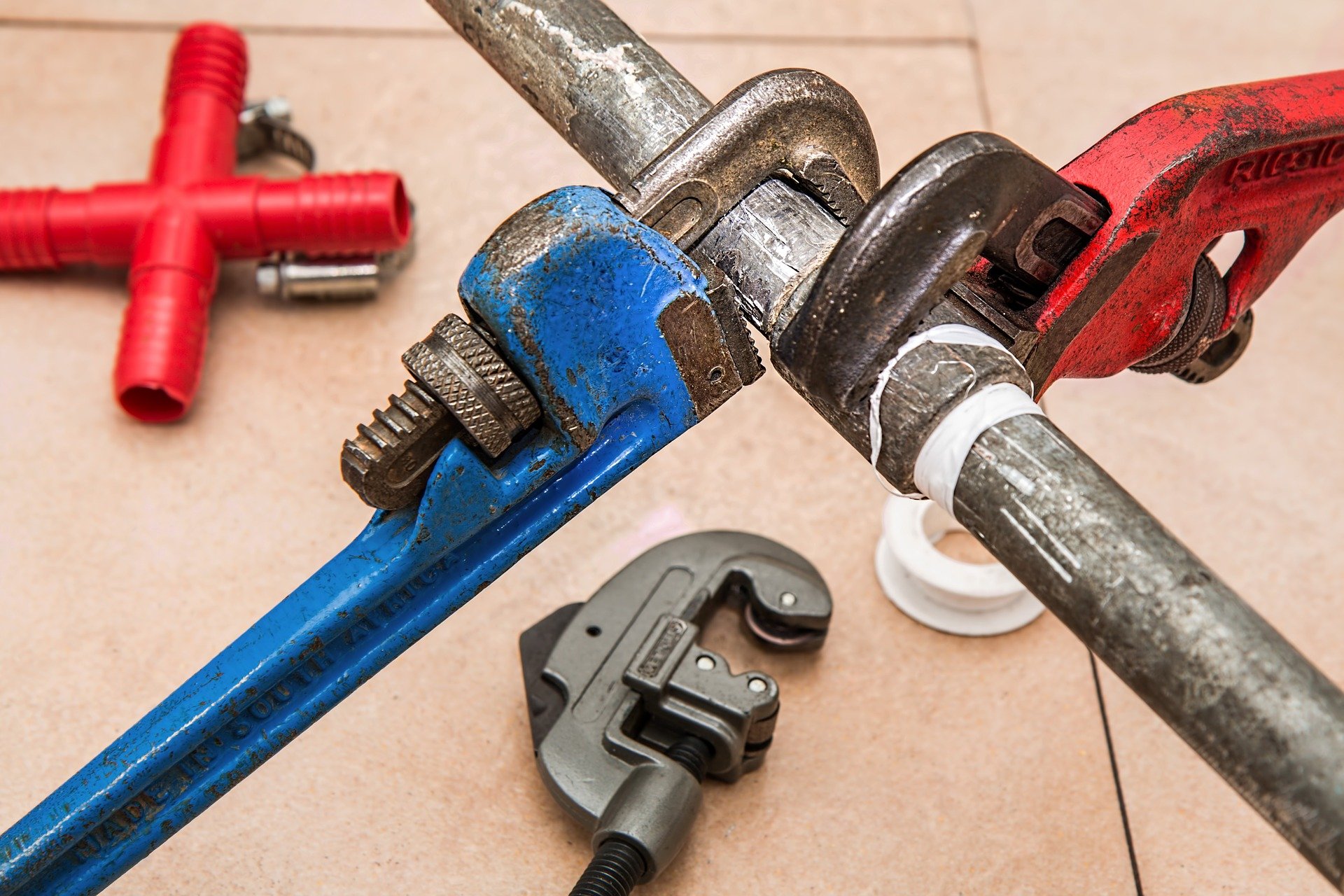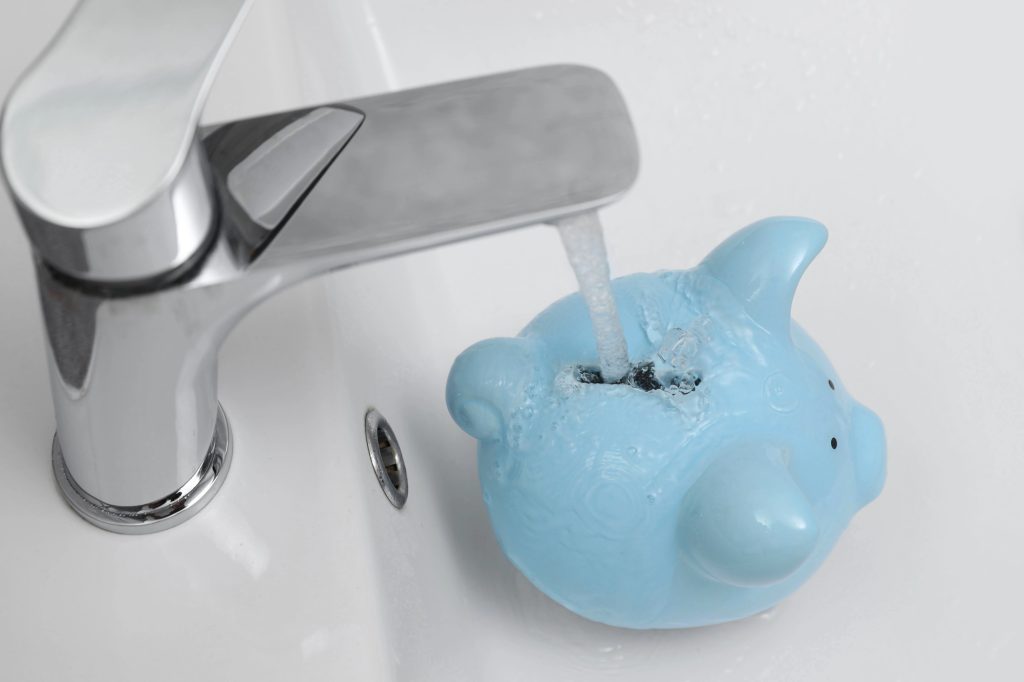What to do at the first signs of frost in your pipes
January 7th, 2021
Frozen water pipes cause thousands of dollars of damage to your home when they burst. Cold temperatures any lower than -6C put your plumbing at risk of freezing, and homeowners should certainly be cautious of temperatures that dip below -15C. Pipes don’t freeze all at once, however, and it’s possible to intervene at the earliest stages when you see frost forming on your pipes.
Taking time to protect your plumbing from freezing is worth the effort and cost to avoid the inconvenience and expense of replacing burst pipes. Dealing with a flooded home and water damage is not something anyone wants to deal with, much less in the cold of winter.
In this article, the plumbing specialists at Plomberie Lalonde in Gatineau share their insider insights on what you should do at the first signs of frost in your pipes to keep them from freezing and then bursting.
Let Faucets Drip
As soon as you spot any signs of frost on your water pipes, turn on your taps immediately and leave them running until you are able to follow steps number 2 and 3 at minimum. If there is a constant flow of water, even a small drip, the pipes won’t freeze. Faucets which are fed by pipes which are most exposed to cold (e.g. on an exterior wall) can be left open with a very small stream of dripping water to prevent them from freezing and possibly bursting.
Insulate Pipes
Once you have a steady drip of water flowing through your water pipes, the next step to follow when you spot the first signs of frost on your water pipes is to insulate the pipes. Hardware stores sell specifically designed pipe insulation. It is most commonly made from fibreglass, polyethylene or foam and is an inexpensive way to insulate your pipes against the cold. It is most commonly made from fibreglass, polyethylene or foam and is an inexpensive way to insulate your pipes against the cold.
Areas to watch for frost include pipes in your attic, garage, basement or other unheated areas of your home. In a pinch, if you discover frost you can wrap your pipes in wadded up newspaper secured with duct tape until you are able to purchase pipe insulation.
Seal Cracks and Openings
If you spot frost on your plumbing and have turned on the taps and insulated your pipes, (see steps 1-2), it is important to identify and eliminate any outside factors causing the pipes to get so cold. Even the smallest of cracks and openings in the exterior walls of your home and garage can admit enough wind and cold air to freeze your pipes. Common areas to look for frost on pipes which could be caused by a draft include:
- Around doors and windows;
- Holes for cables such as phone, internet and tv cables;
- Holes for gas, water and exhaust pipes;
- The sill plates between your foundation and exterior walls.
Circulate warm air
Once you have followed steps 1-3 to help immediately address the causes of frost on your pipes, you can move into prevention mode. Circulating warm air throughout your home, even rooms that you aren’t using is important for keeping your plumbing and water pipes at a safe temperature during the winter.
Some simple ways to ensure that you have good air circulation during the winter include:
- Set your thermostat to a consistent temperature day and night with the fan on;
- Keeping all interior doors open to bedrooms, the basement, etc.;
- Opening cabinet and closet doors for a few minutes each day to allow warm air to enter;
- Leaving cabinet and closet doors open during extremely cold nights and during extended periods of absence (e.g. while on holidays);
- Do not turn off your heat during periods when you are away.
Keep Garage Warm
The garage is another area where preventative measures can help to keep your pipes from dipping below safe temperatures in the winter. Frost can easily form on water supply lines that pass through garages. The concrete surfaces in garages are notorious for retaining cold temperatures and make pipes there especially vulnerable to freezing. Some simple ways to keep your garage as warm as possible without heating it include:
- Close your garage door when not in use;
- Insulate any exterior walls that were left unfinished during construction;
- Close the bottom gap under your door by adding weather stripping or adjusting the spring;
Ignoring frost on water pipes can be disastrous once the pipes freeze and the water pressure from the blockage causes them to burst and flood your home. When you notice frost on any of your water pipes, follow the steps listed above right away to avoid frozen pipes.
If you are concerned that your pipes are still too cold and are at risk of freezing, don’t hesitate to reach out to Gatineau’s plumbing specialists at Plomberie Lalonde. We can help you identify hot spots (err cold spots) in your home and make sure you are safeguarded against frozen water pipes this winter.




